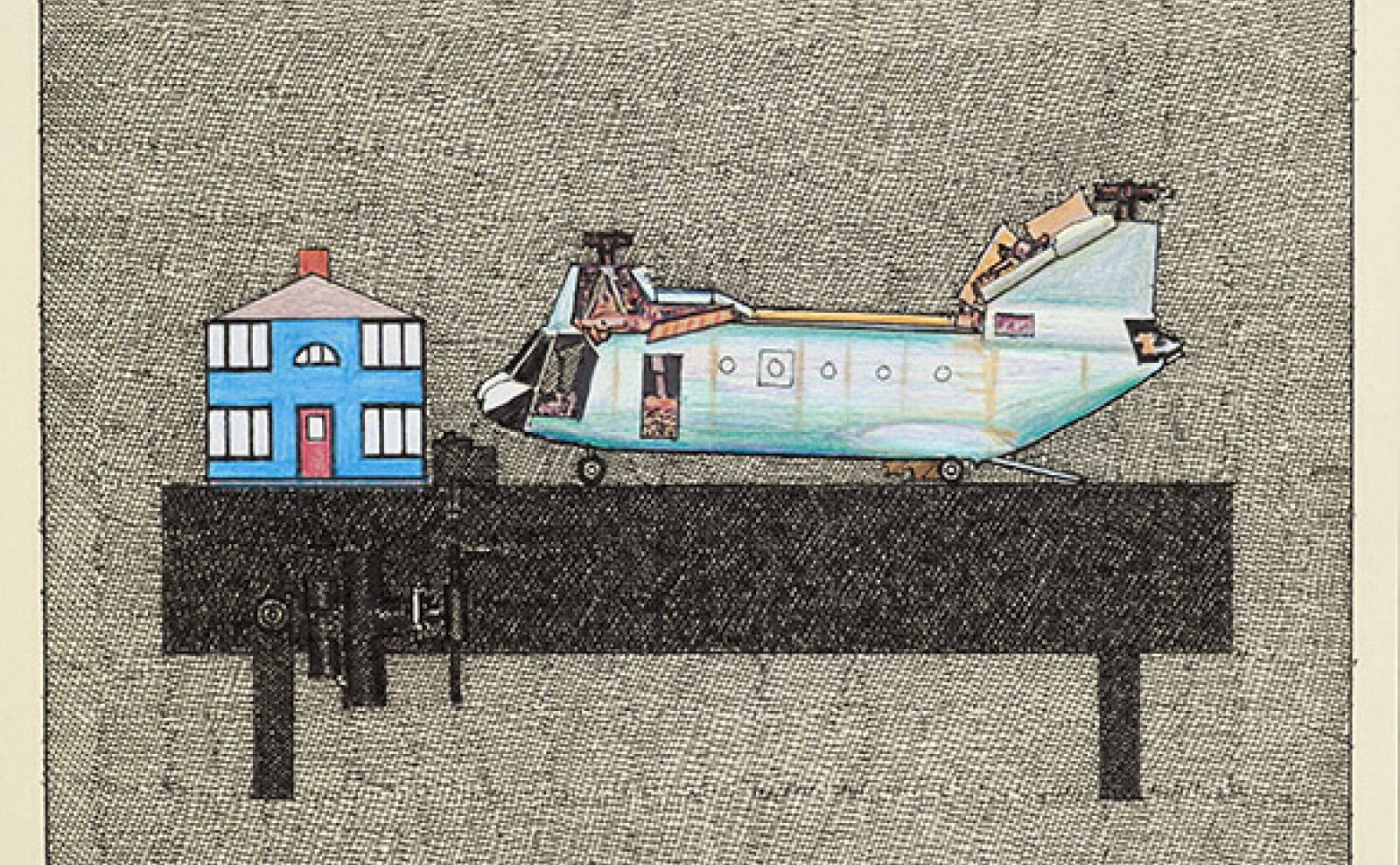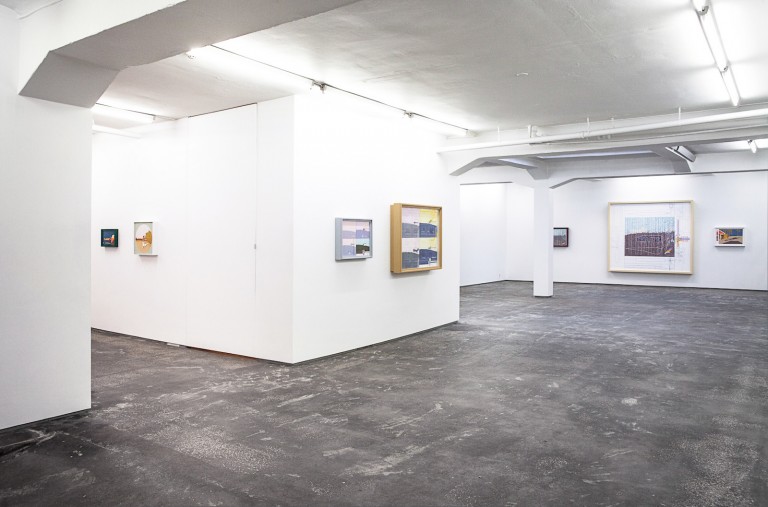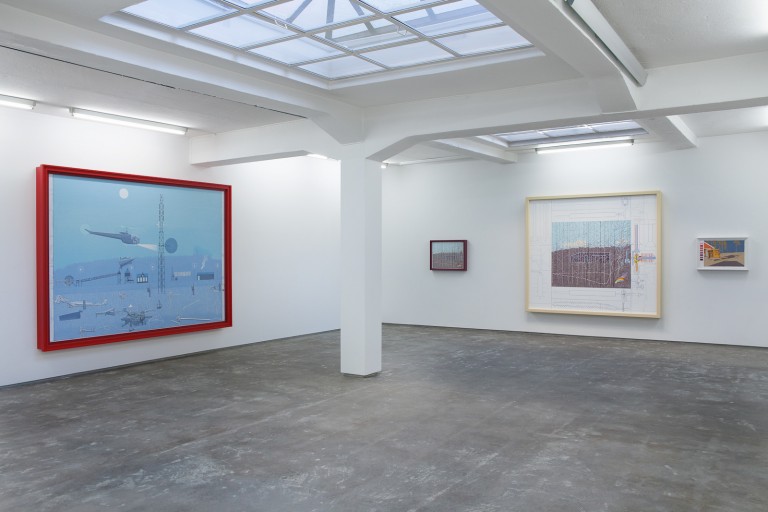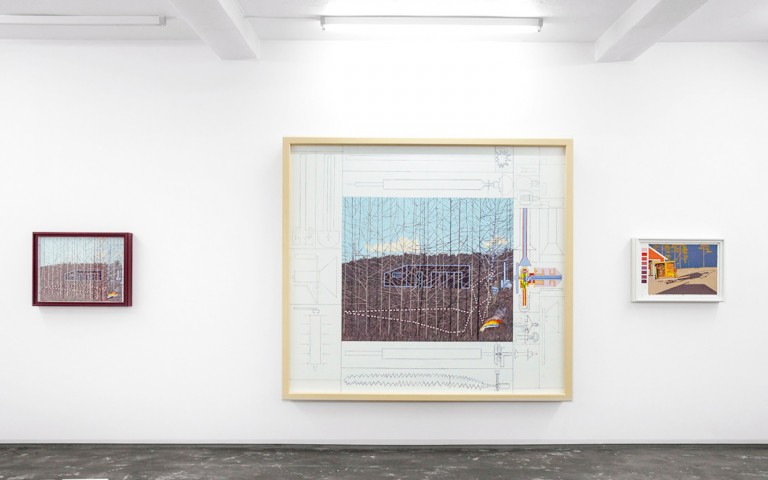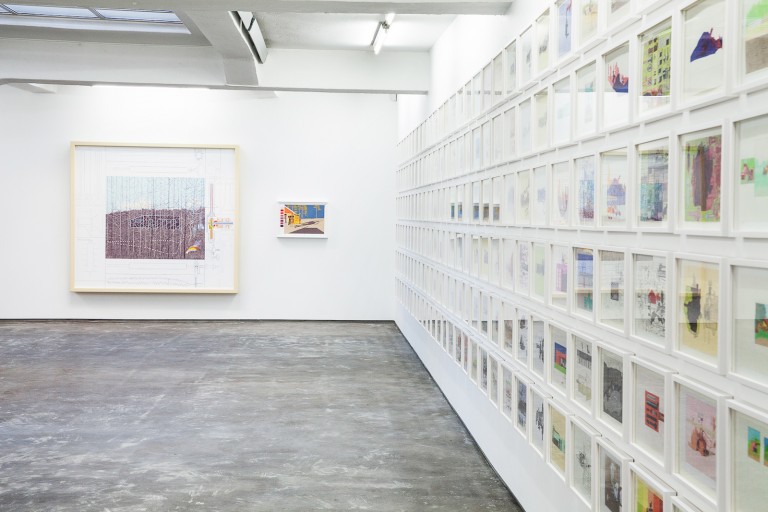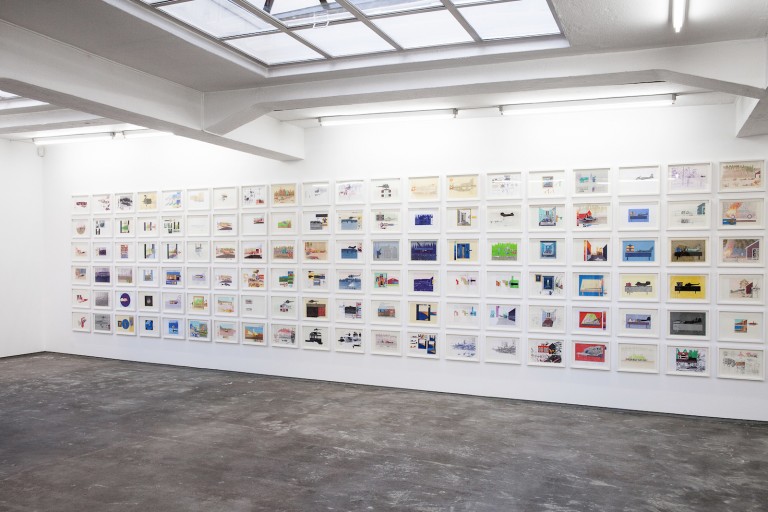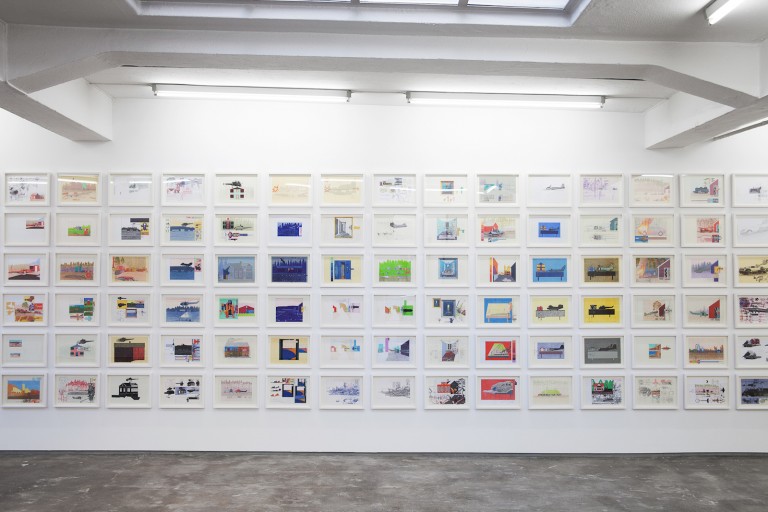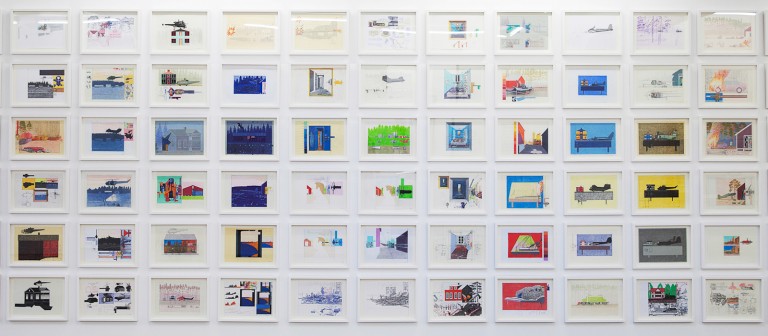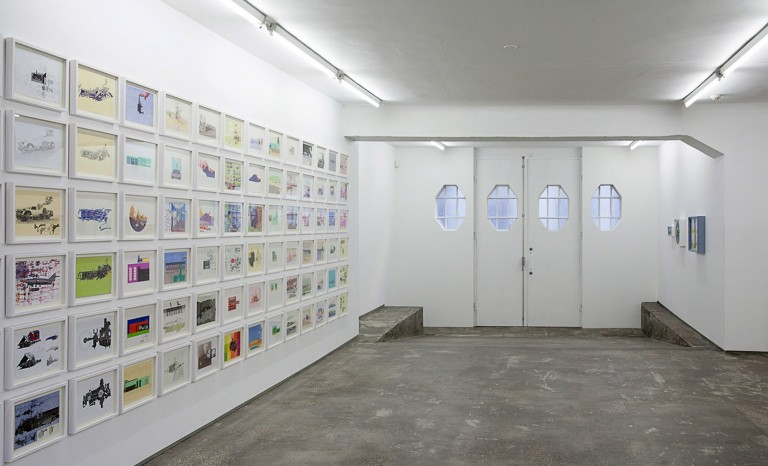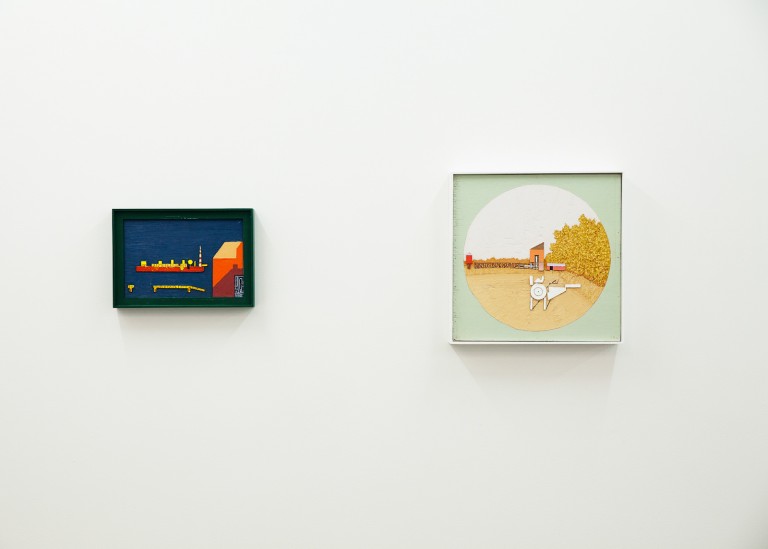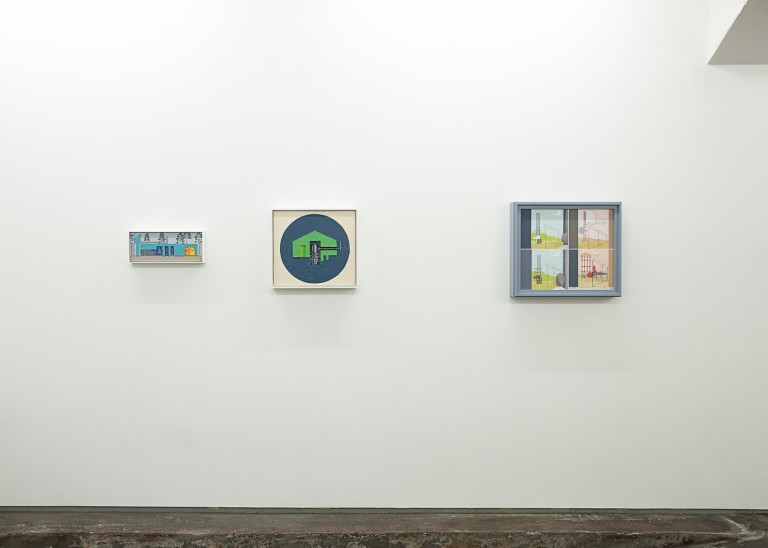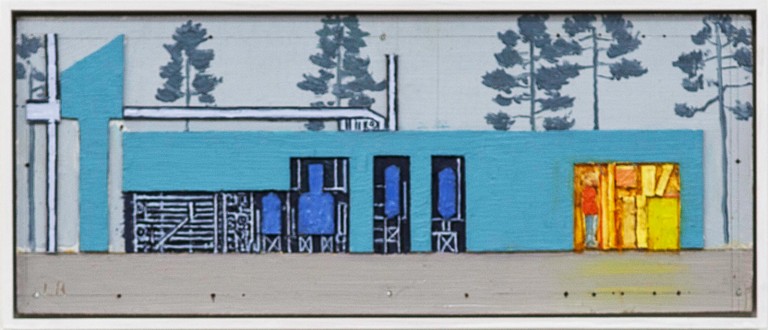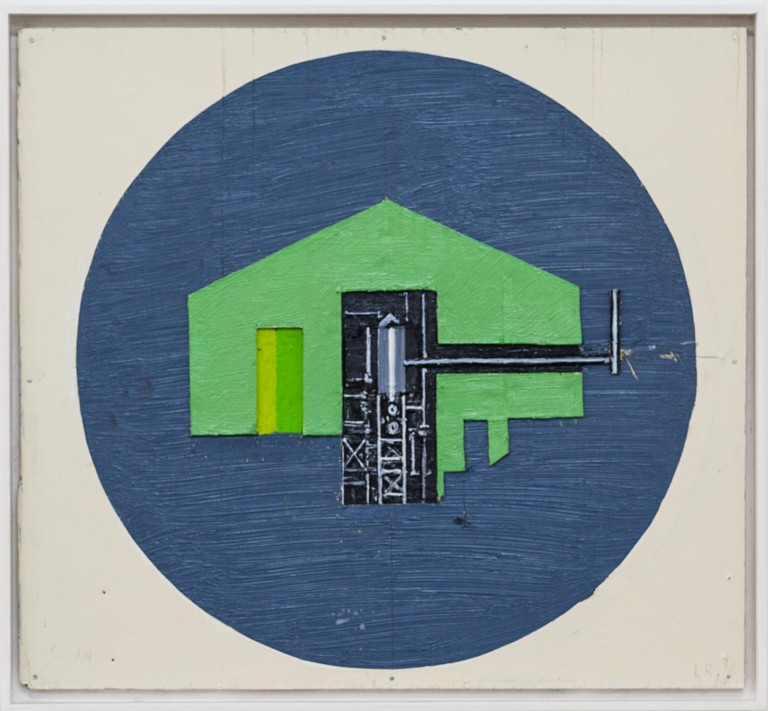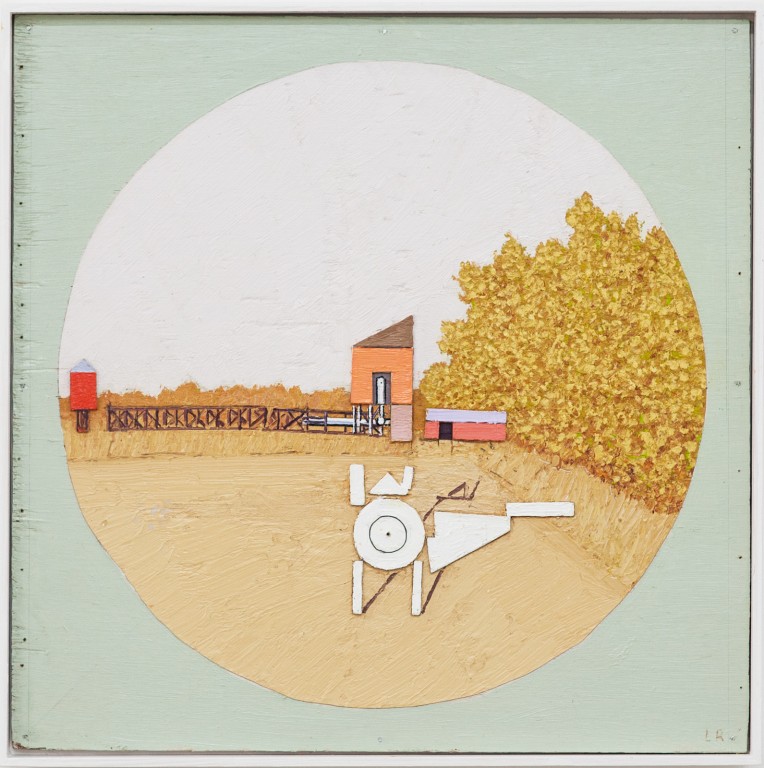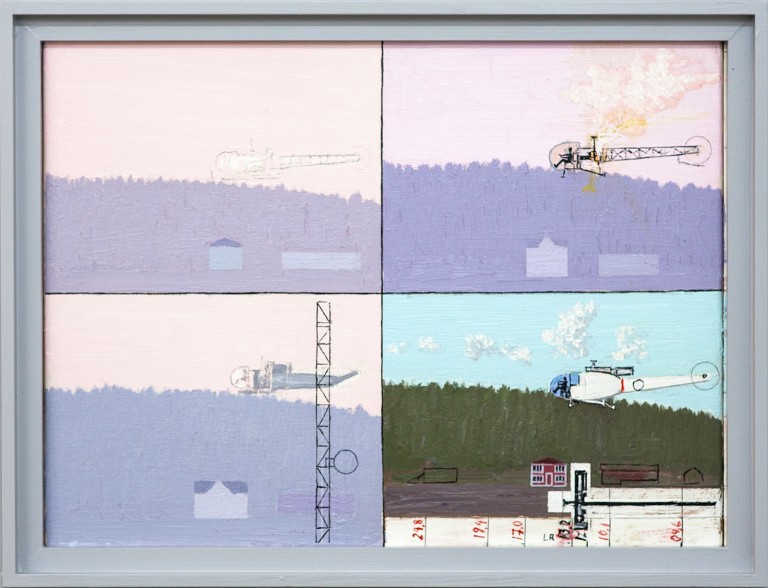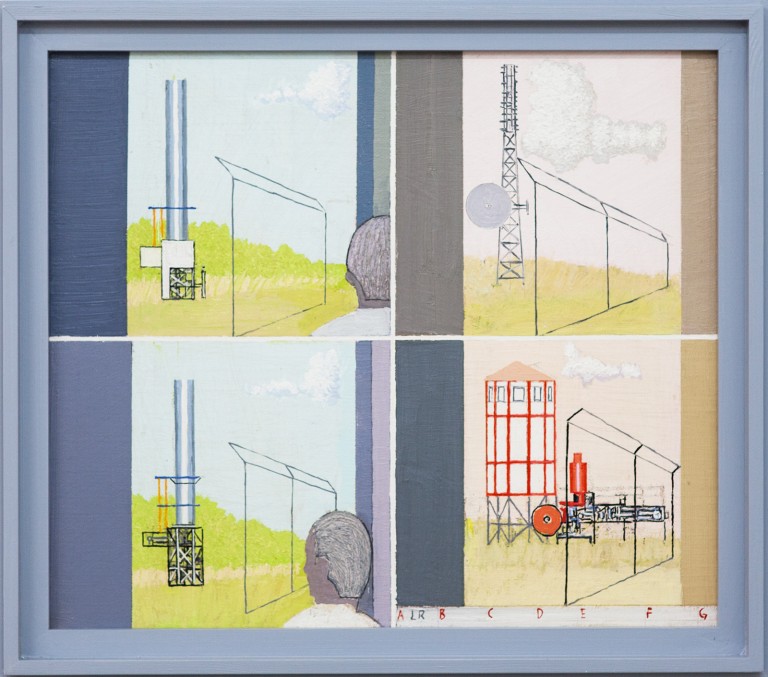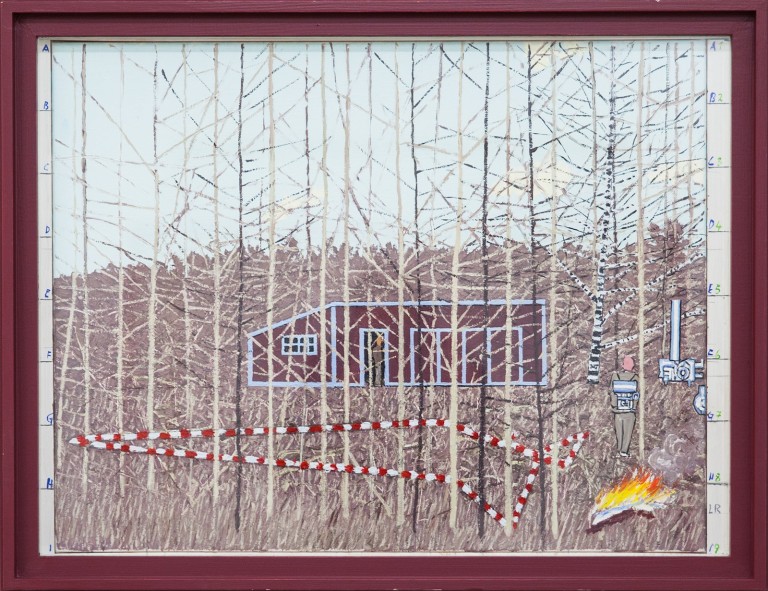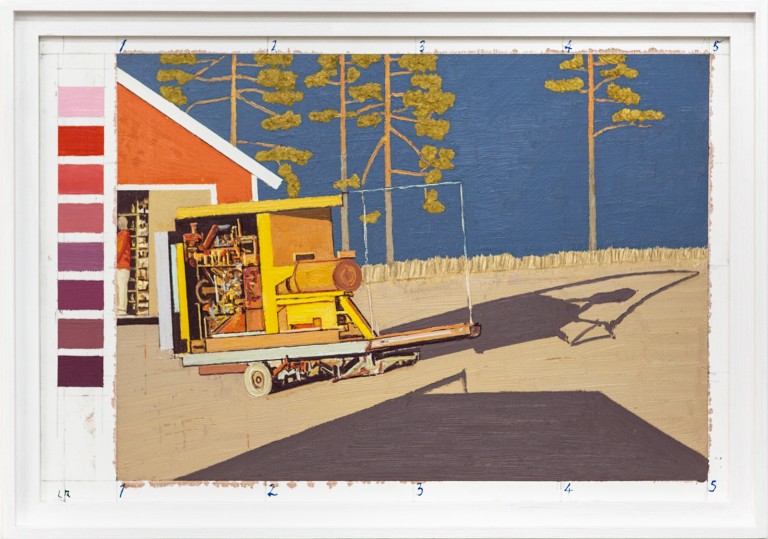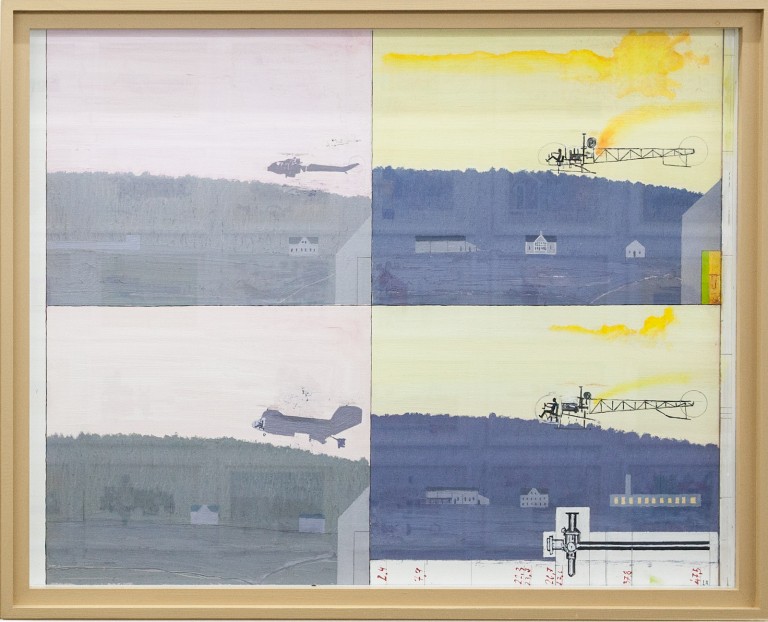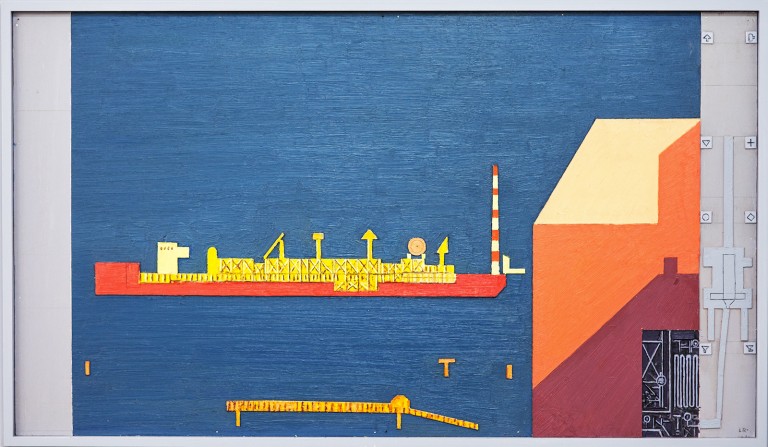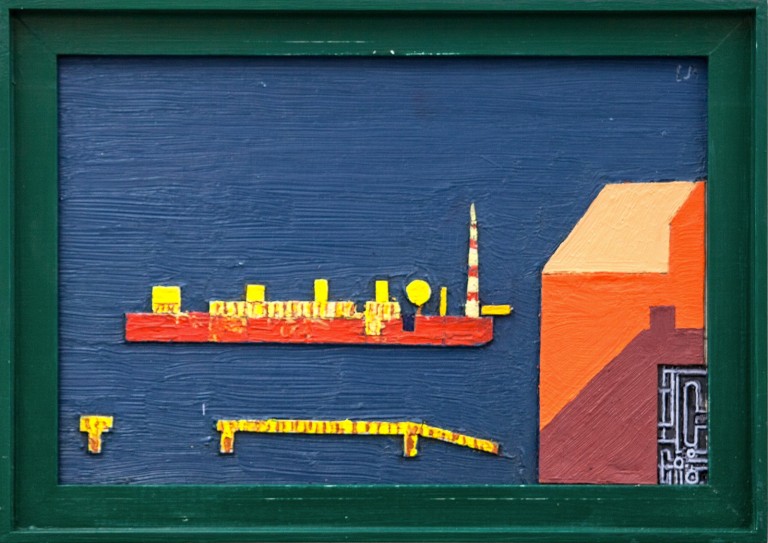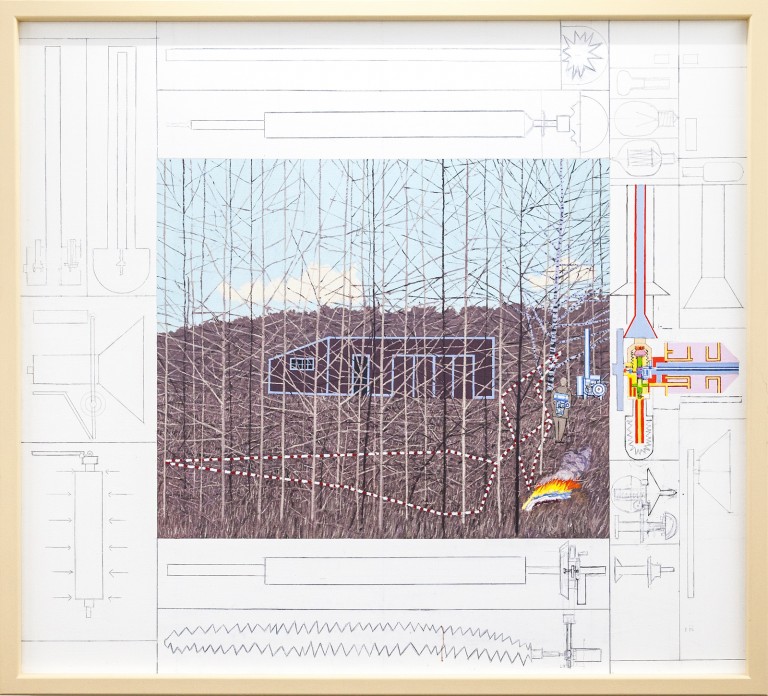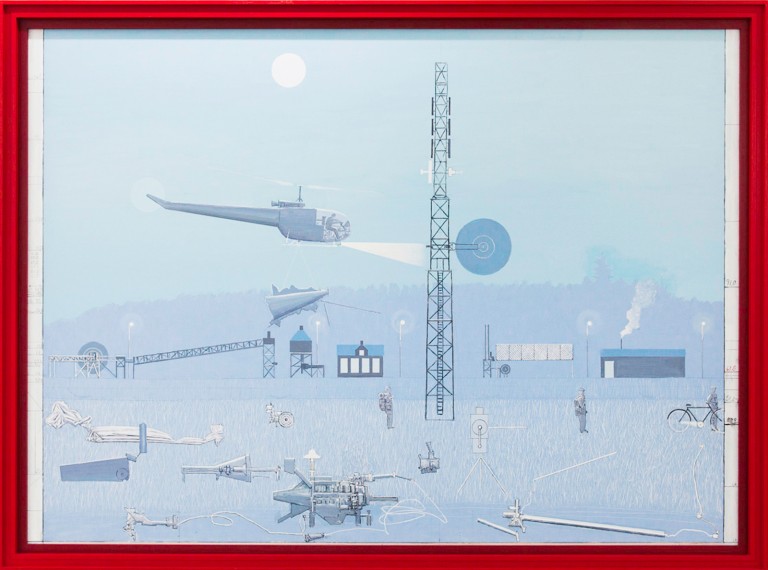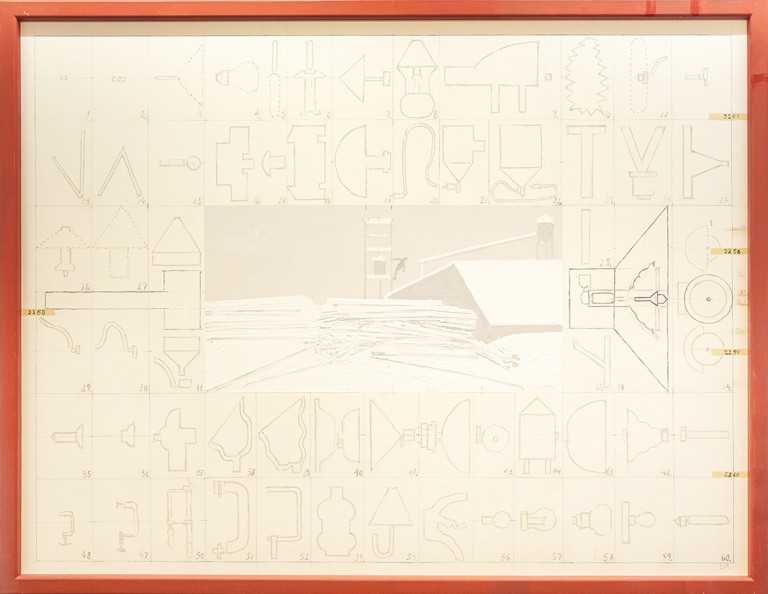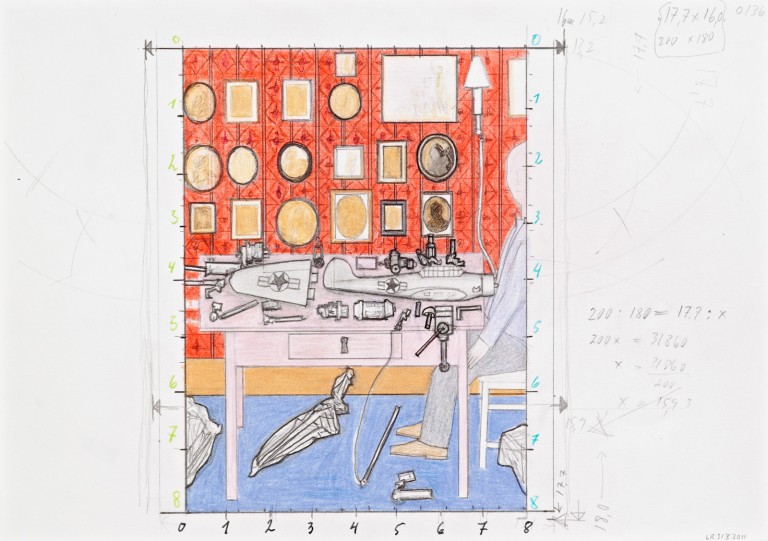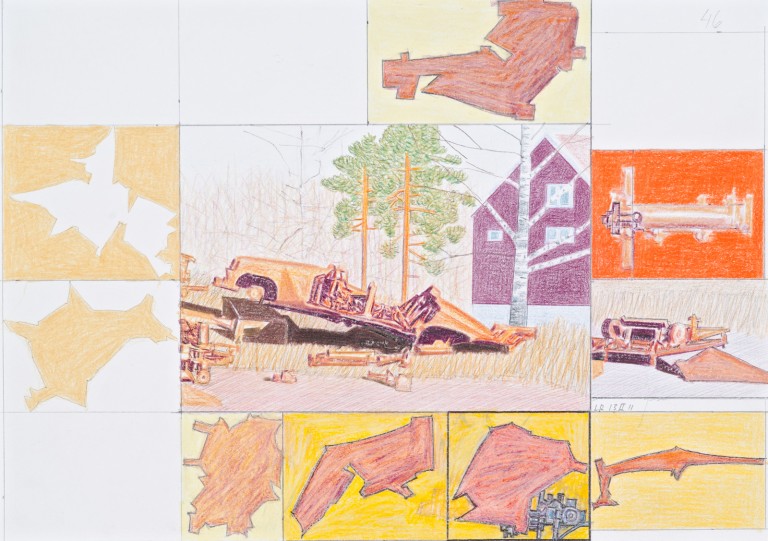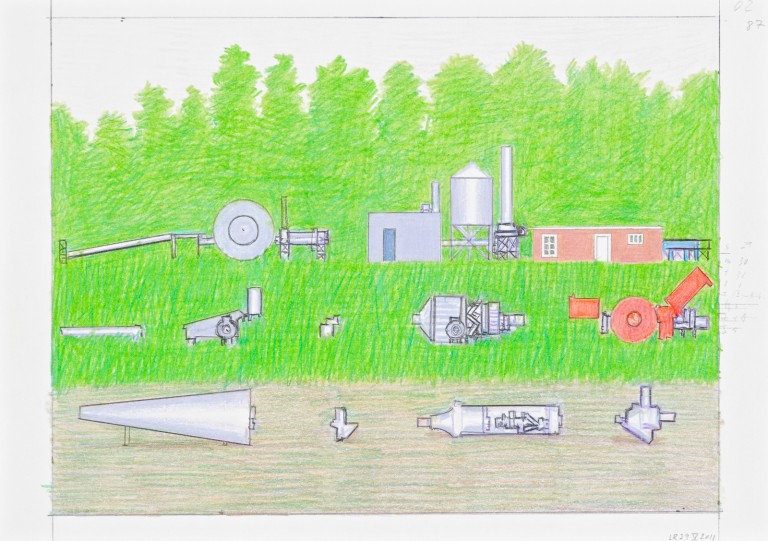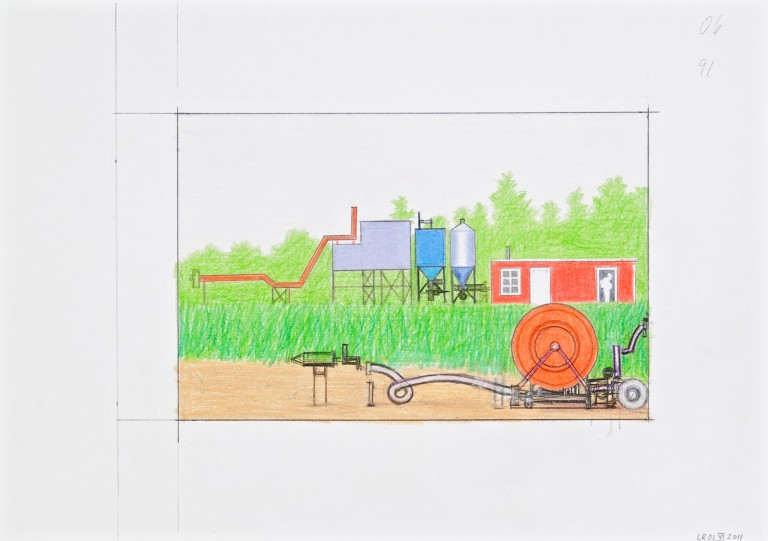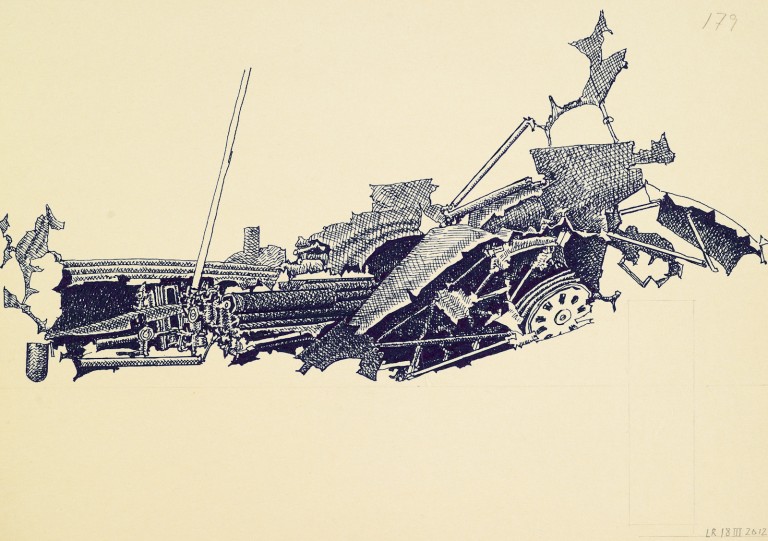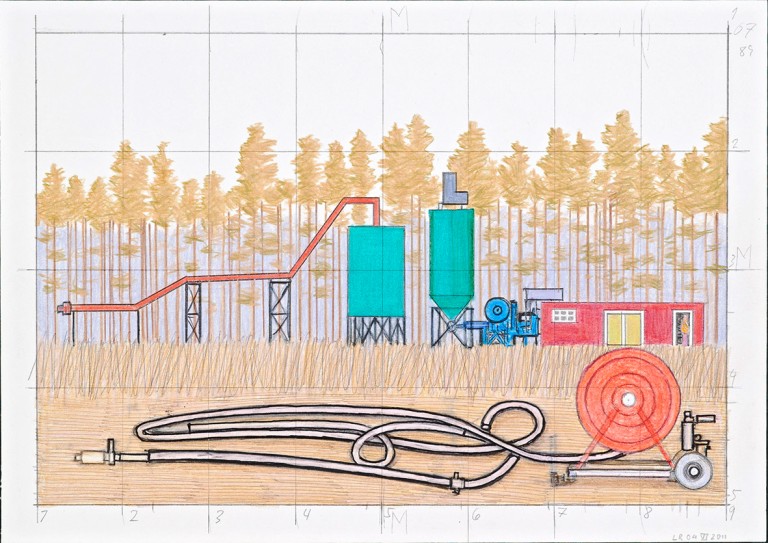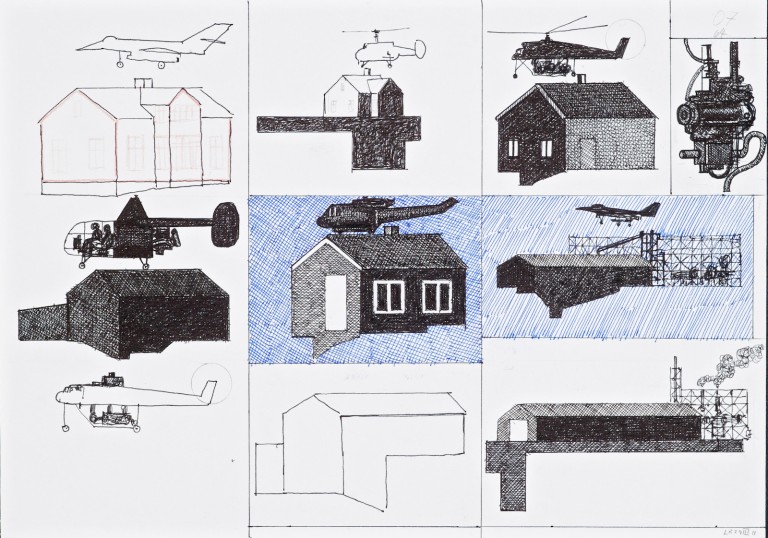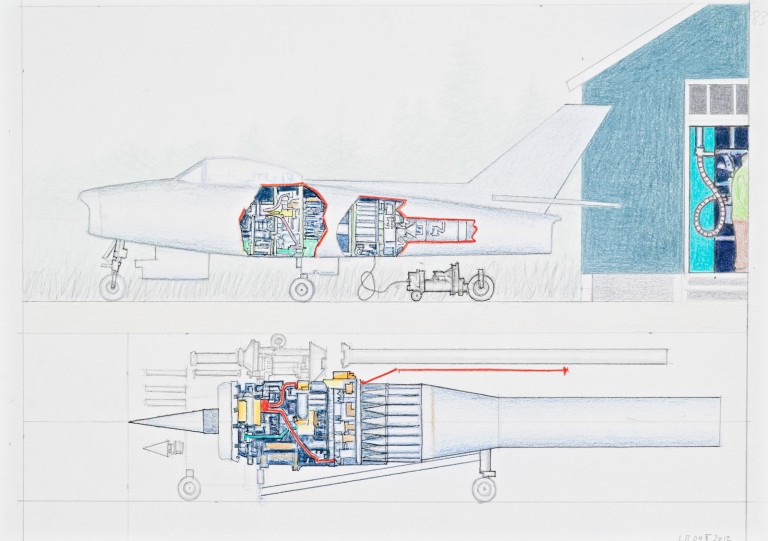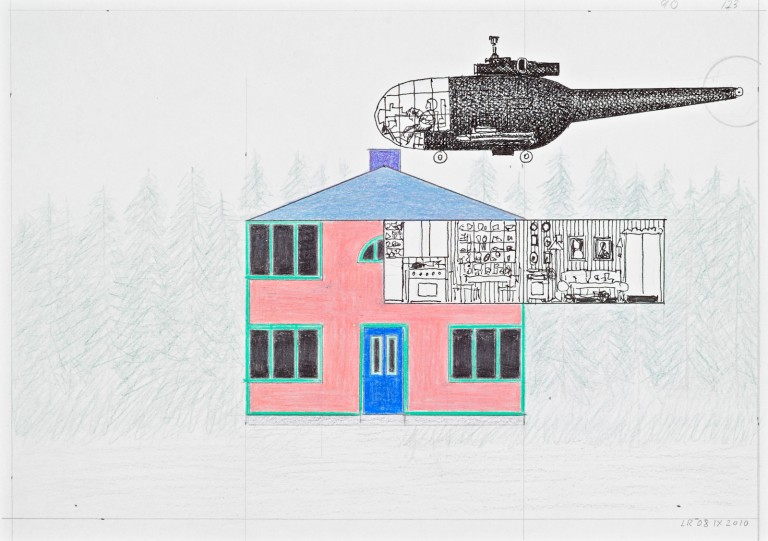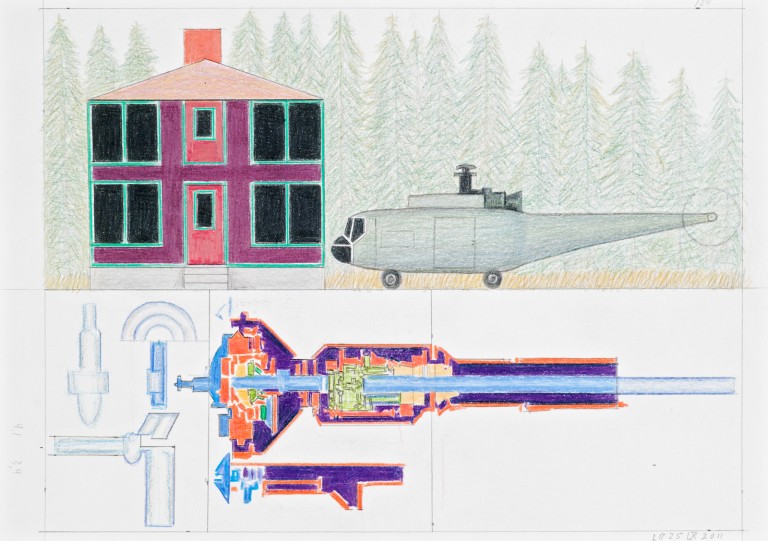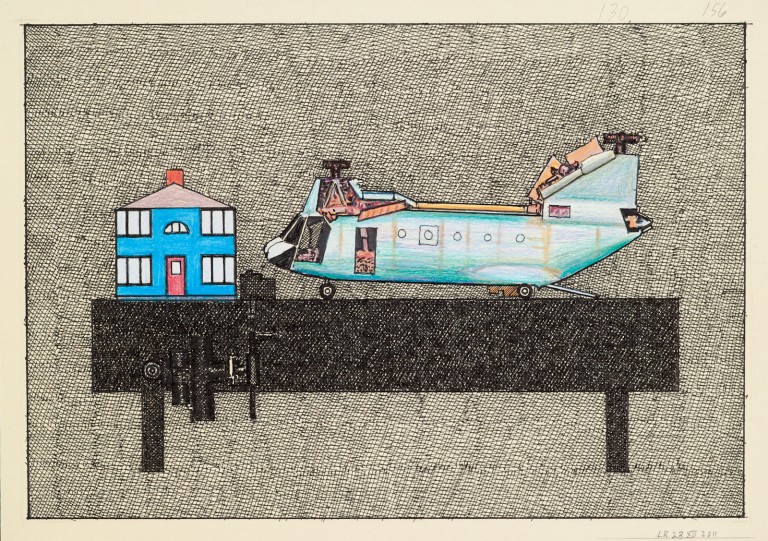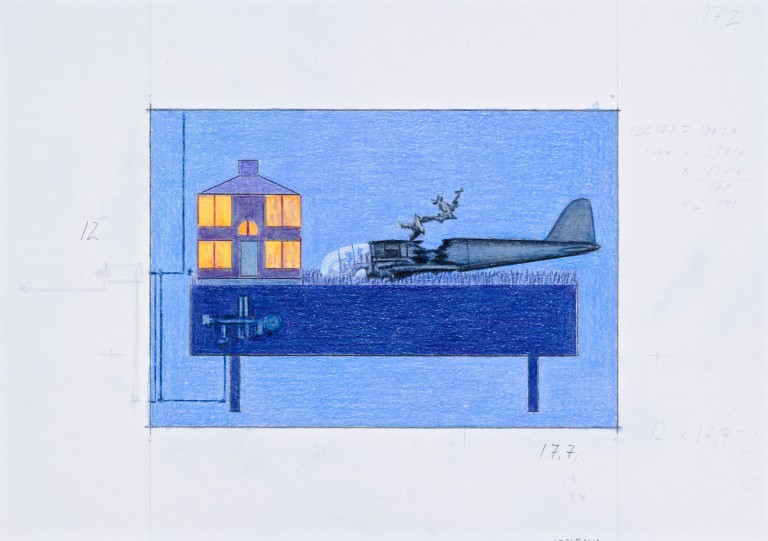OSLcontemporary is proud to present the upcoming exhibition of new works by Leonard Rickhard, including 204 drawings and 13 paintings in a variety of formats. On the occasion of the opening, the German publishing house Arnoldsche, will officially launch a new book on Rickard's paintings, a polyglot publication comprising 150 large prints and essays by Martin Herbert and Asmund Thorkildsen.
Over the past 40 years, Leonard Rickhard has come to be recognized as one of Norway's key living artists. His work has been shown at every principal institution and is represented in all significant national collections. In 2009 he exhibited in Bergen Kunsthall as the signature artist for Festspillene.
A distinctive feature of Rickhard's practice is the continuous investigation into a clearly defined and recurring set of motifs and formal issues. Throughout his 40-year career, we encounter the same introspective figures, the same birch forest, the same enclosed rooms and architectural constructions, pseudo-instructive diagrams and just-about recognizable instruments and blueprints. Objects and figures are distinctly, almost insistently, articulated on the painting's surface, while intentions, functions and emotions, "what really happens" seem to evade every effort of detection.
Rickhard explores his apparently impenetrable subject matters through a constant change in treatment of color, detail, perspective and lighting. He fortifies their secluded world within elaborate frames, doors and windows, while breaking the illusion of a "parallel universe" by disclosing painterly constructions. Pointing to the inexhaustible variations of approaches to a "central theme", this relentless re-contextualisation may be seen as underscoring the limitations of both drawing and visual study; the impossibility of "truly understanding" through logical investigation and viewing.
When Rickhard is acknowledged as a relevant reference by three generations of artists and theorists, this may be grounded in his dedication to a project that is always the same, and always evolving. The art-historical, formal citations are as inexorably present as the social and political ones, and Rickhard's references stretch from naivism to the renaissance, from abstract modernism to the comic strip. His practice can be read in terms of defining a place for the tradition of painting, after that tradition's collapse; one that recognizes the rupture, but rejects its finality. In Arnoldsche's new book, Herbert Martin entitles his essay "Alternatives to an Ending", and Rickhard's recurrent production brings forth a story that does not end, either with modernity or with "disenchantment" -the urge to create and to create meaning.
